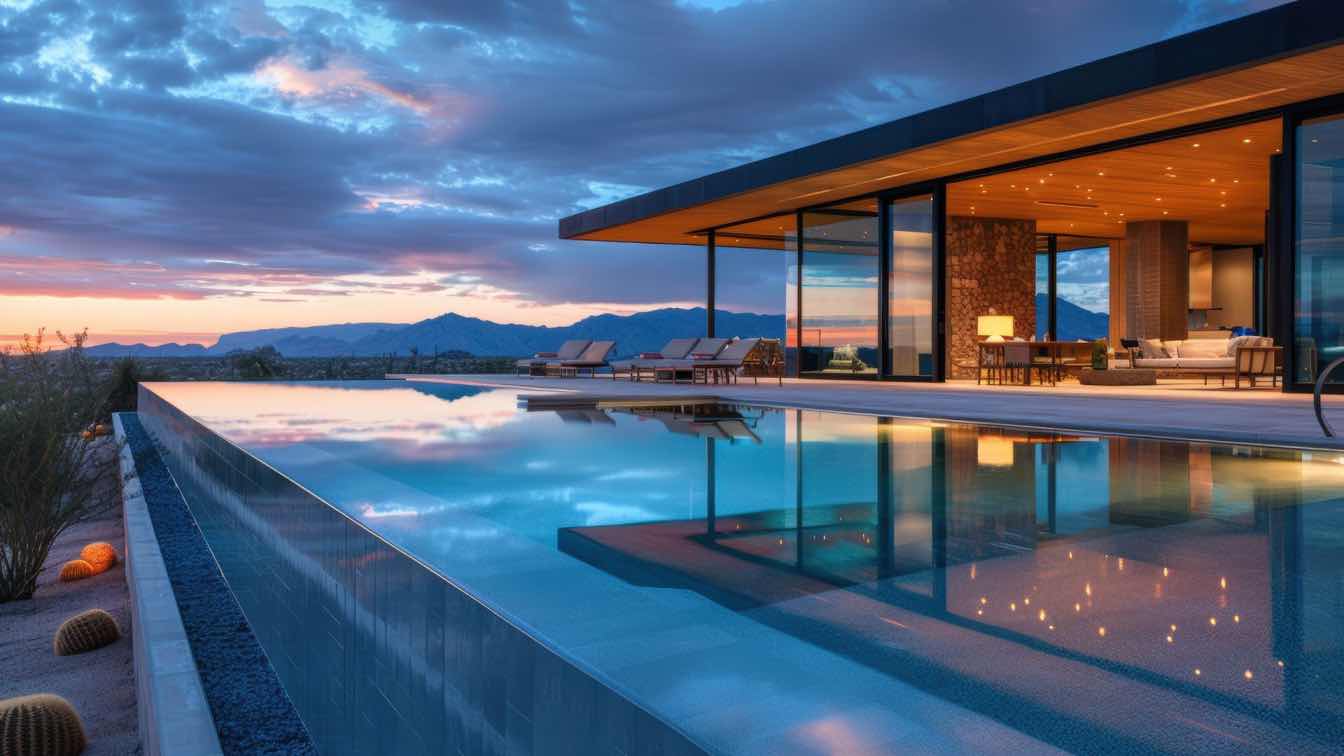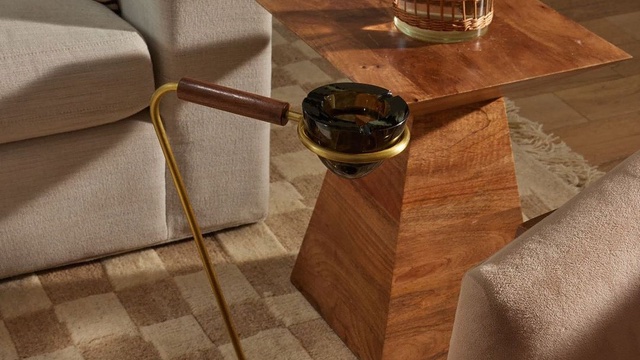As an architect, I have always been fascinated by the evolution of architecture and the immense impact it has on the design of various elements, including roofs. Roof design, in particular, plays a significant role in architectural history, acting as a symbol of cultural identity and a reflection of technological advancements. Throughout the centuries, we have witnessed strange and unconventional roof designs that captivate our imagination and challenge our perception of what is possible. In this article, we will explore the evolution of architecture and its profound influence on roof design, as well as delve into the innovative solutions for roof repair and replacement from AdvanceRoofingLLC in Spokane, sustainable design trends, and the future of roof design.
The Significance of Roof Design in Architectural History
Roofs have always held a special place in architectural history, serving both functional and aesthetic purposes. In ancient civilizations, such as Egypt and Mesopotamia, flat roofs were commonly used, providing a practical platform for various activities. However, as architecture evolved, so did roof design. In ancient Greece, for example, the introduction of pitched roofs not only improved the structural integrity of buildings but also added a sense of grandeur and elegance.
Throughout history, roof design has been a reflection of cultural identity and regional characteristics. The pagoda roofs of East Asia, with their distinct multi-tiered and curved design, are a testament to the region's architectural traditions. Similarly, the steeply pitched roofs of Gothic cathedrals in Europe not only allowed for the construction of soaring vaulted ceilings but also conveyed a sense of spirituality and divine transcendence.
Strange and Unconventional Roof Designs Throughout History
Architecture has always been a playground for creative expression, and as a result, we have witnessed some truly remarkable and unconventional roof designs throughout history. From the undulating curves of Antoni Gaudí's Casa Milà in Barcelona to the gravity-defying cantilevers of Frank Lloyd Wright's Fallingwater, these architectural marvels push the boundaries of what we consider possible.
In Japan, the Katsura Imperial Villa showcases an avant-garde approach to roof design, with its intricate arrangement of sloping roofs that create a harmonious blend of light and shadow. Meanwhile, the Lotus Temple in India boasts a striking lotus flower-inspired roof, symbolizing purity and spiritual enlightenment.
The Impact of Technology on Roof Design Evolution
The advancement of technology has played a pivotal role in the evolution of roof design. With the advent of new materials and construction techniques, architects have been able to create structures that were once unimaginable. The use of steel and reinforced concrete, for instance, has allowed for the construction of sprawling, open-plan spaces with minimal support columns, giving rise to innovative roof designs.
Furthermore, the development of computer-aided design (CAD) software has revolutionized the way architects conceptualize and realize their designs. With the ability to create intricate 3D models and perform complex structural analyses, architects can now push the boundaries of roof design even further, creating structures that are both aesthetically pleasing and structurally sound.
Common Roof Repair and Replacement Issues
Despite advancements in roof design, roofs are not immune to wear and tear. Over time, roofs can develop leaks, suffer from storm damage, or deteriorate due to age. These issues can result in significant damage to the interior of a building and compromise its structural integrity. Therefore, it is essential to address Spokane roof repair and replacement issues promptly.
One common issue is roof leaks, which can be caused by damaged or missing shingles, improper installation, or poor maintenance. Additionally, severe weather events, such as hurricanes or hailstorms, can cause extensive damage to roofs, necessitating repairs or replacement. Furthermore, roofs that have reached the end of their lifespan may require replacement to ensure the safety and longevity of the building.
Innovative Solutions for Roof Repair and Replacement
Fortunately, there are several innovative solutions available today for roof repair and replacement. One such solution is the use of synthetic roofing materials, such as composite shingles or rubber membranes. These materials offer increased durability, resistance to weathering, and longer lifespans compared to traditional roofing materials.
Another innovative solution is the use of roof coatings, which can extend the lifespan of existing roofs by providing an additional layer of protection against UV rays, water damage, and other environmental factors. Roof coatings can also improve energy efficiency by reflecting sunlight and reducing heat absorption, resulting in lower cooling costs.
Sustainable Roof Design Trends
In recent years, there has been a growing emphasis on sustainable design practices, and roof design is no exception. Sustainable roof design aims to minimize the environmental impact of buildings by reducing energy consumption, conserving water, and promoting biodiversity. One of the most prominent sustainable roof design trends is the incorporation of green roofs.
Green roofs, also known as living roofs, involve the installation of vegetation on the roof surface. Not only do green roofs provide insulation, reducing energy consumption for heating and cooling, but they also mitigate the urban heat island effect, improve air quality, and provide habitat for wildlife. Additionally, green roofs can help manage stormwater runoff, reducing the strain on municipal sewer systems.
Incorporating Green Roofs in Modern Architecture
The incorporation of green roofs in modern architecture has gained popularity in recent years, as architects and building owners recognize the numerous benefits they offer. From residential buildings to commercial complexes, green roofs have become a symbol of sustainable design and a way to enhance the quality of urban environments.
For example, the Bosco Verticale in Milan, Italy, stands as an iconic example of incorporating green roofs into high-rise buildings. The towers are covered in lush vegetation, creating a vertical forest that not only enhances the visual appeal of the buildings but also contributes to the overall well-being of the city by improving air quality and reducing noise pollution.
The Future of Roof Design and Its Impact on Sustainability
Looking ahead, the future of roof design holds great promise for sustainability. Architects and researchers are exploring innovative materials and technologies that can further enhance the environmental performance of roofs. For instance, the integration of solar panels into roof systems is becoming increasingly popular, allowing buildings to generate their own renewable energy.
Furthermore, advancements in building-integrated photovoltaics (BIPV) are enabling the creation of solar roof tiles and shingles that seamlessly blend with the overall design of the building, making solar energy more accessible and aesthetically pleasing.
Conclusion
In conclusion, the evolution of architecture has had a profound impact on roof design, shaping the way we perceive and experience buildings. From the strange and unconventional to the innovative and sustainable, roof design continues to captivate our imagination and push the boundaries of what is possible.
As architects, it is our responsibility to embrace the extraordinary and seek innovative solutions for roof repair and replacement, while also prioritizing sustainability in our designs. By incorporating green roofs, exploring new materials and technologies, and pushing the limits of creativity, we can create a built environment that not only inspires but also respects and enhances the natural world.





